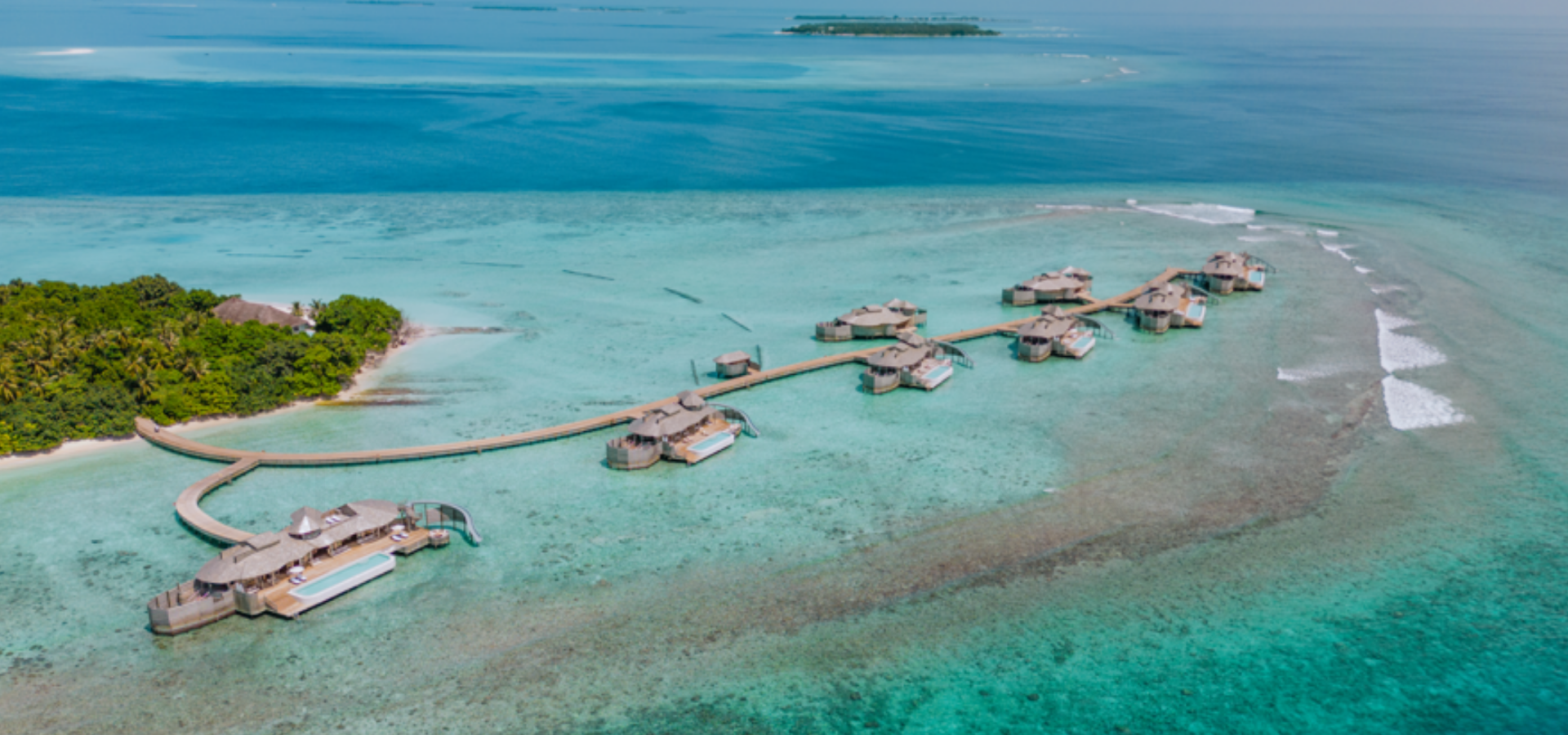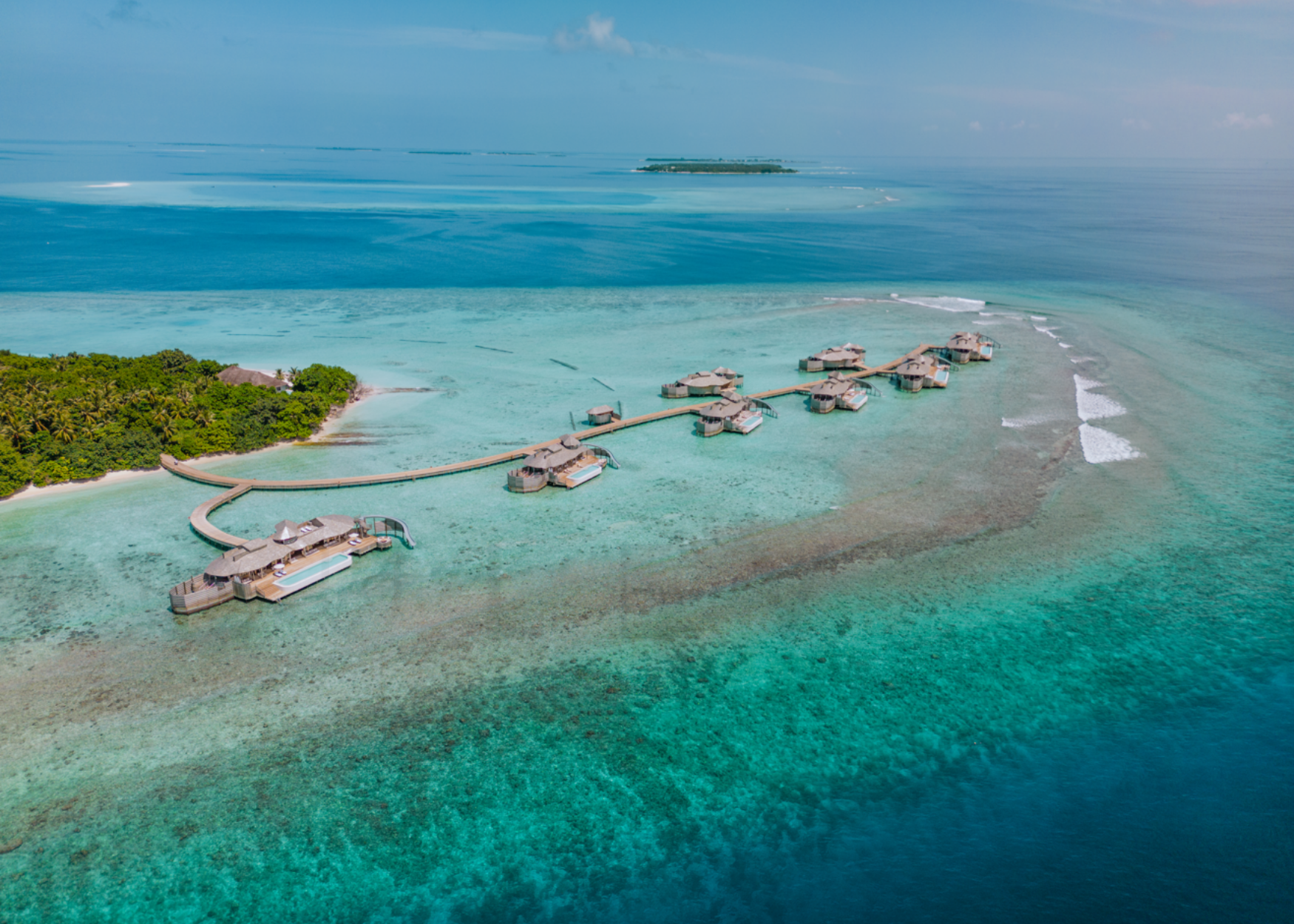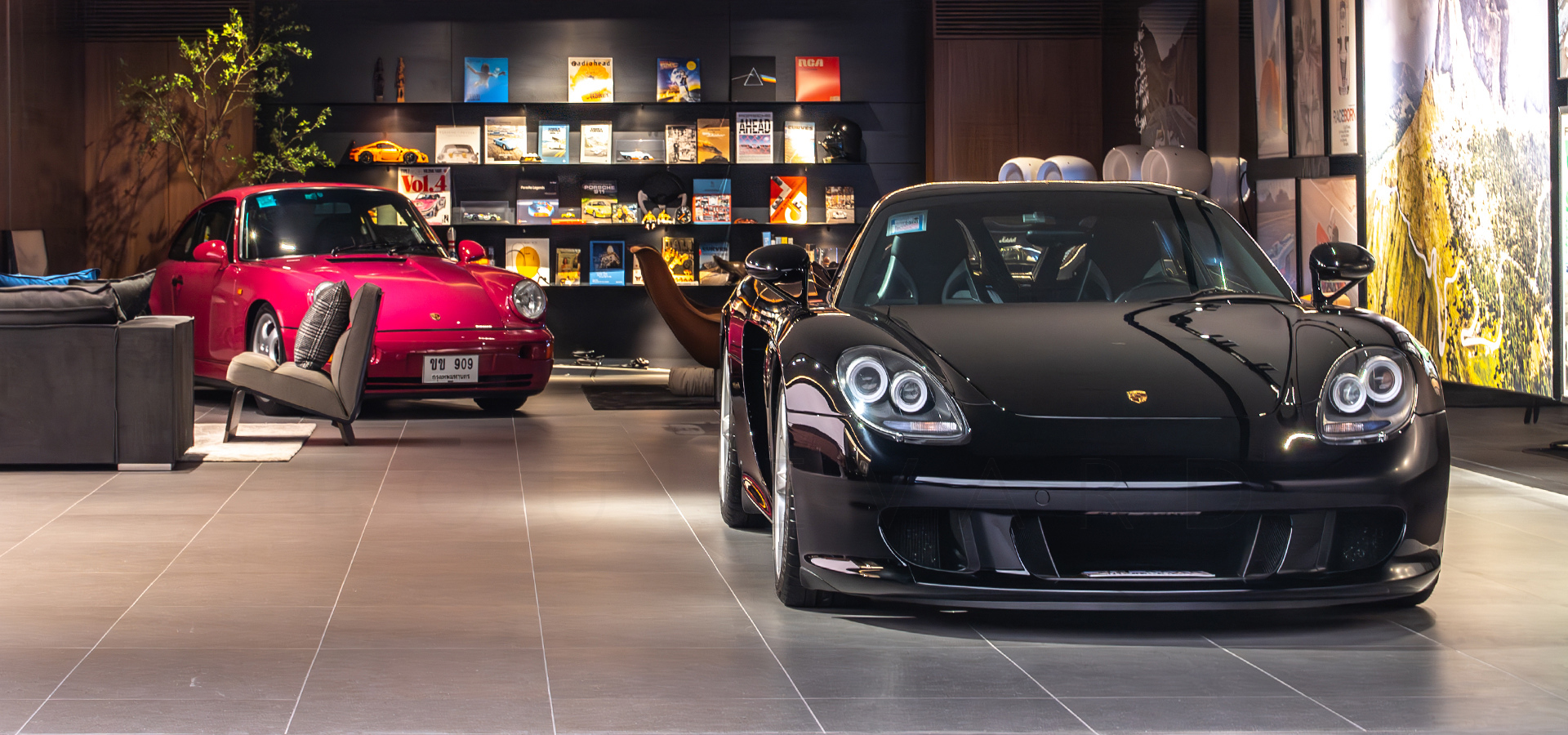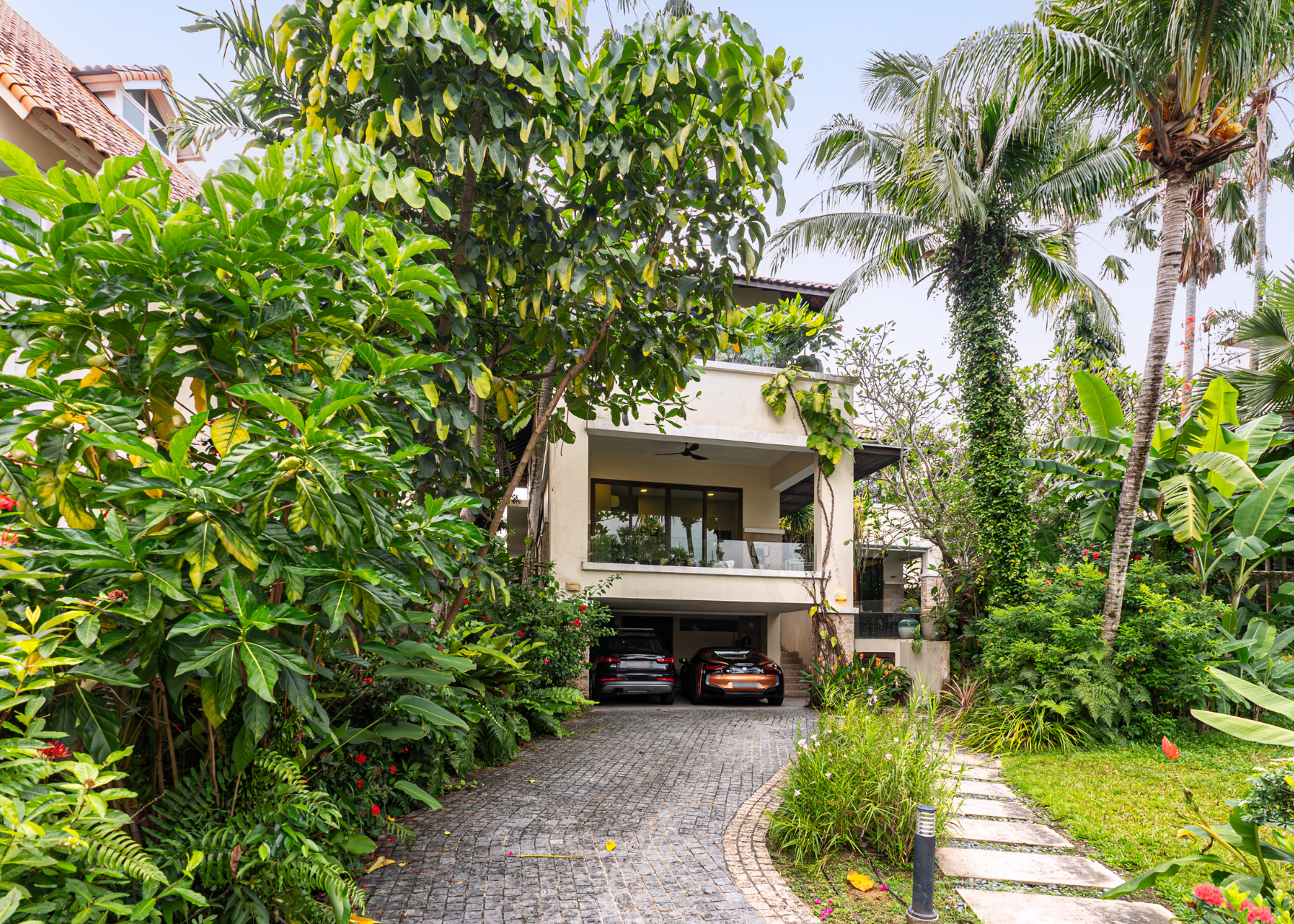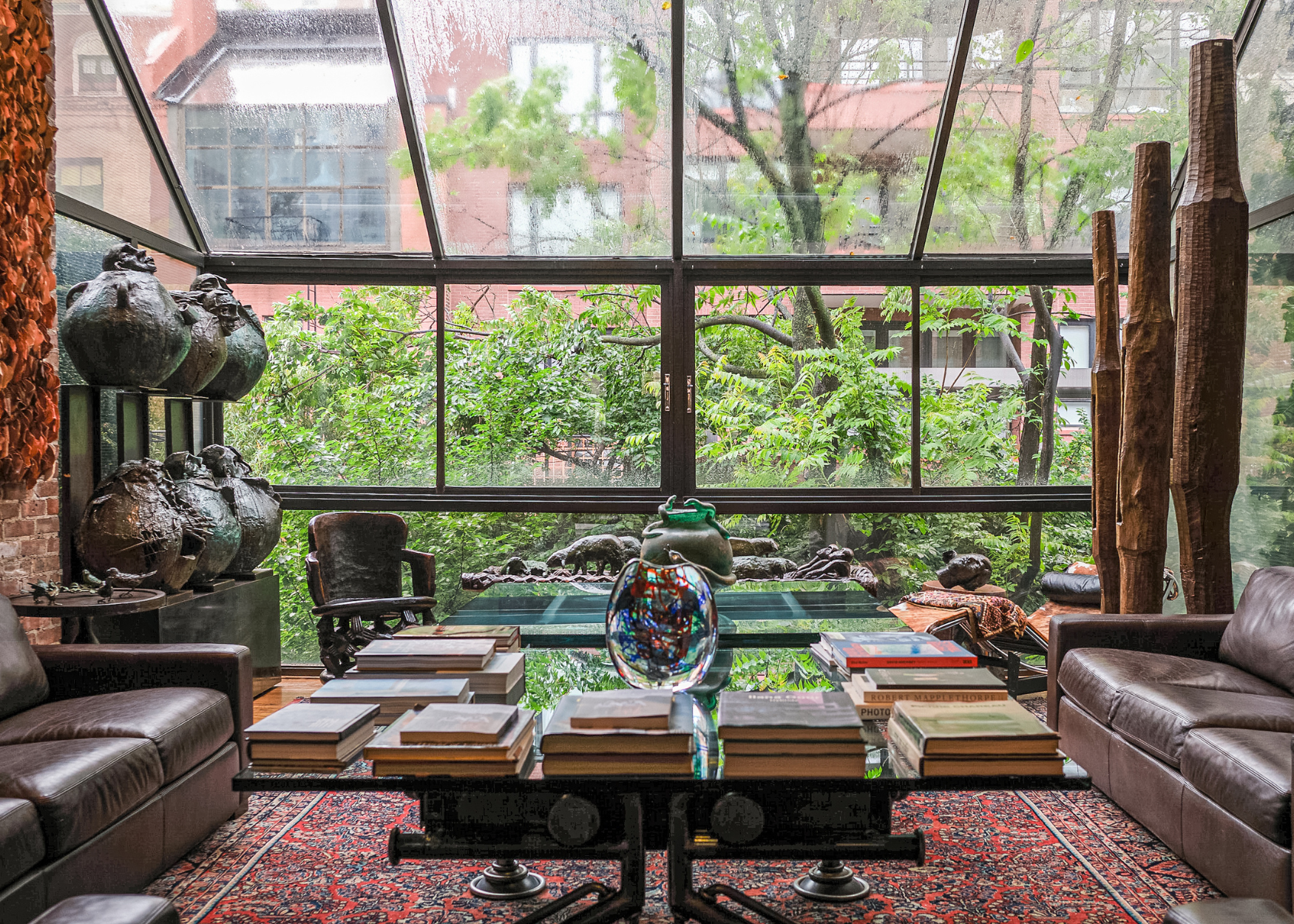The report: Lynn Villadolid on why branded residences continue to thrive
Lynn Villadolid, CEO of Lifestyle Capital Partners—a boutique management consultancy specialising in business development in across hospitality real estate, travel and wellbeing—shares her insights into the continued appeal of branded residences, which are created in collaboration with established luxury names such as Four Seasons, Aston Martin and Aman. She explores current buyer behaviour, the types of partnerships driving performance, and the qualities that distinguish truly exceptional developments in today’s ultra-luxury real estate market.
Branded residences offer more than just real estate; they deliver a lifestyle underpinned by trust, service, and global recognition. For ultra-high-net-worth (UHNW) buyers, they provide ease of ownership, prime locations, and the assurance of a consistent, elevated experience.
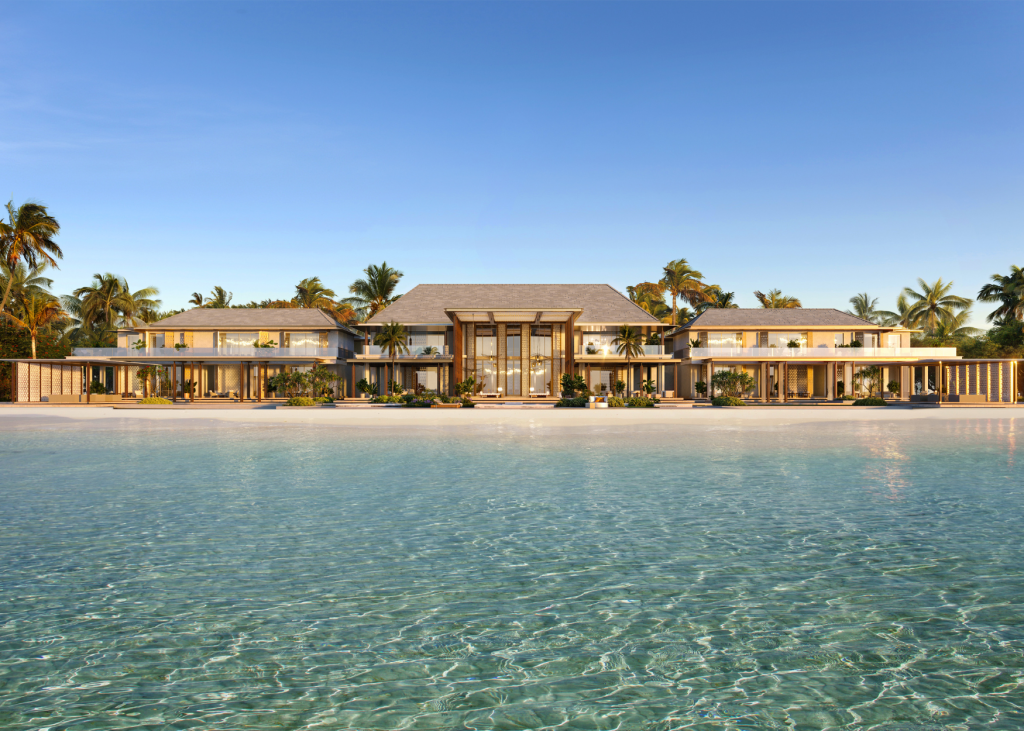
Baccarat Hotel & Residences Maldives. Top: Soneva Jani, Maldives.
Compared to non-branded luxury homes, they command a price premium. According to Forbes, this premium typically ranges from 25–35 per cent, driven by access to five-star amenities, bespoke services, and the brand’s cachet. This premium is backed by performance: branded residences tend to generate stronger rental yields, higher resale liquidity in favourable market conditions, and greater long-term capital appreciation. Location tends to determine variance from this average, with branded properties in major global cities commanding a 24 per cent premium, resort destinations a 32 per cent premium, and emerging cities reaching up to 52 per cent.
Local market dynamics influence these premiums. Global cities often see lower premiums due to greater competition, with non-branded properties providing similar residential features. In contrast, emerging cities place a higher premium on meeting the demand of a growing high-net-worth demographic in expanding economies.
How branded residences gained global appeal
When Four Seasons began its expansion into branded residences in 1985, part of the appeal lay in its consistent quality. At the time, in many emerging markets, expatriates and globally mobile buyers wanted the same comfort and standards they were used to in developed countries. This demand helped drive the rise of branded residences in the late 1980s and 1990s, as a global community of frequent movers sought high-quality living environments.
The core appeal lay in consistency. Relocating to a different country became less daunting when one could rely on a residence managed by a trusted hotel brand, with a clear service benchmark.
Beyond peace of mind, branded residences offered lifestyle benefits, including a professional dedicated staff, reliable dining, housekeeping and prime locations that added convenience and comfort.
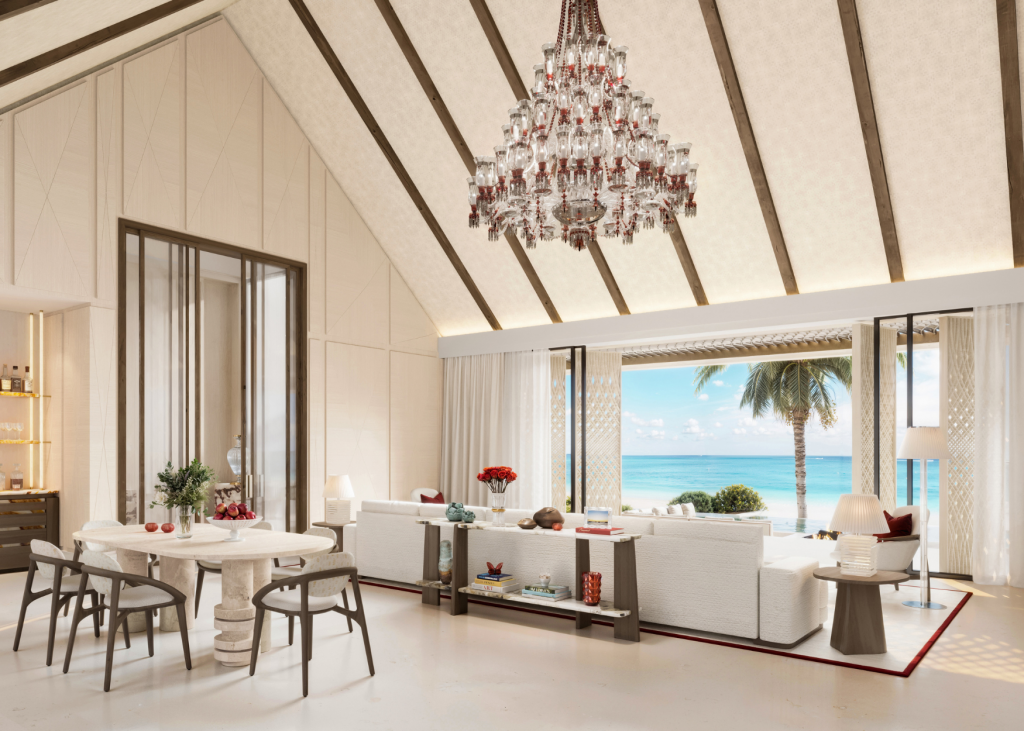
Baccarat Hotel & Residences Maldives feature sublime beachfront villas with 2 to 10 bedrooms.
This model has flourished in global wealth hubs such as Miami and Dubai, where many residences are serviced. They attract affluent buyers who prefer efficiency over managing their own household staff and who value the security of vetted, on-demand service.
For cautious buyers, branded residences represent a sense of security, consistency and retained value. Having paid a premium upfront, they want to ensure that advantage is preserved on resale. Market leaders such as Aman, Four Seasons and Marriott Residences have shown that these homes tend to hold their value, reinforcing their appeal to both investors and lifestyle-driven owners.
Today, there are two main types of buyers: first are the investors, and the second ones are the lifestyle buyers for whom money is no object and who seek only to elevate their living standards. For those looking for both enjoyment and long-term value, branded residences sit at the intersection of lifestyle and investment.
Branded partnerships that perform best
Hospitality-led partnerships consistently outperform in the branded residences sector. A collaboration with a globally recognised hotel brand brings an ecosystem of trust, service, and standards that UHNW buyers immediately associate with quality and consistency. These partnerships not only elevate pricing and positioning but also drive long-term performance through integrated management, rental programmes, and owner privileges across the brand’s global portfolio.
Success depends on the seamless alignment of strategy and execution, with authentic consumer or guest experience at the core. In today’s discerning world inauthenticity is quickly recognised—and just as quickly dismissed. Without a genuine experience, a project won’t endure. As UHNW enclaves like Dubai or Miami have shown, it’s not about whether a project is tied to a hospitality, design, or lifestyle brand. What matters is execution. No theme is inherently better than another—it all comes down to alignment of their values and USPs with business execution.
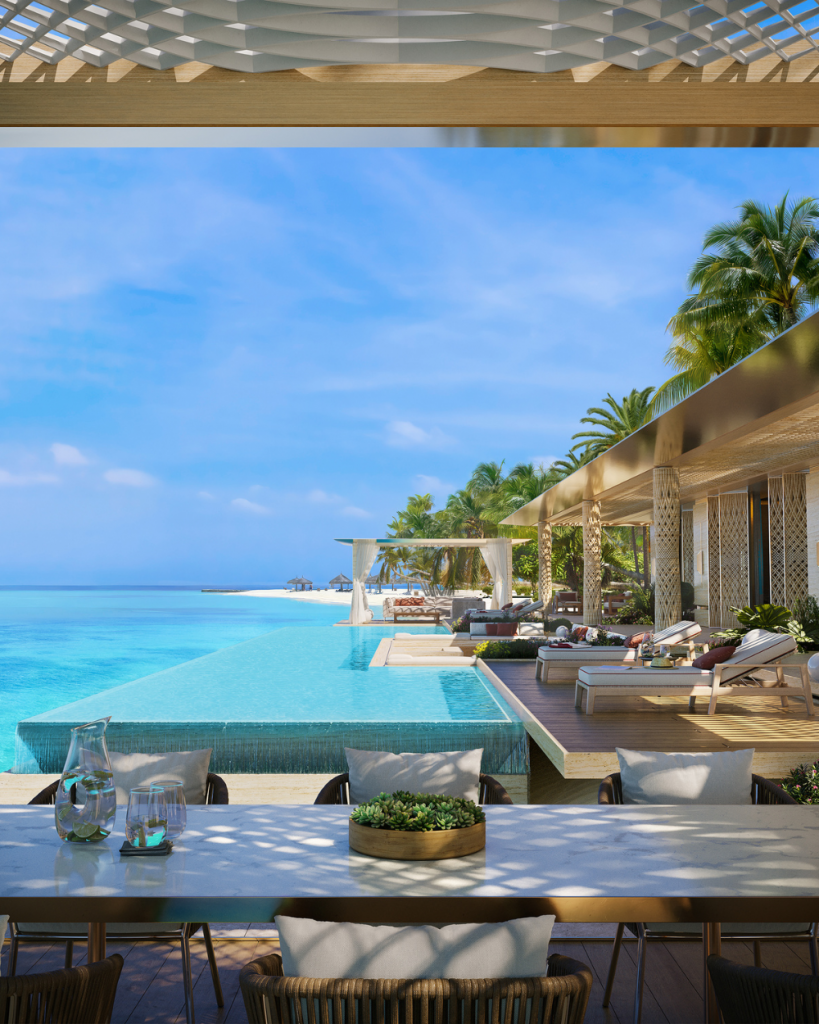
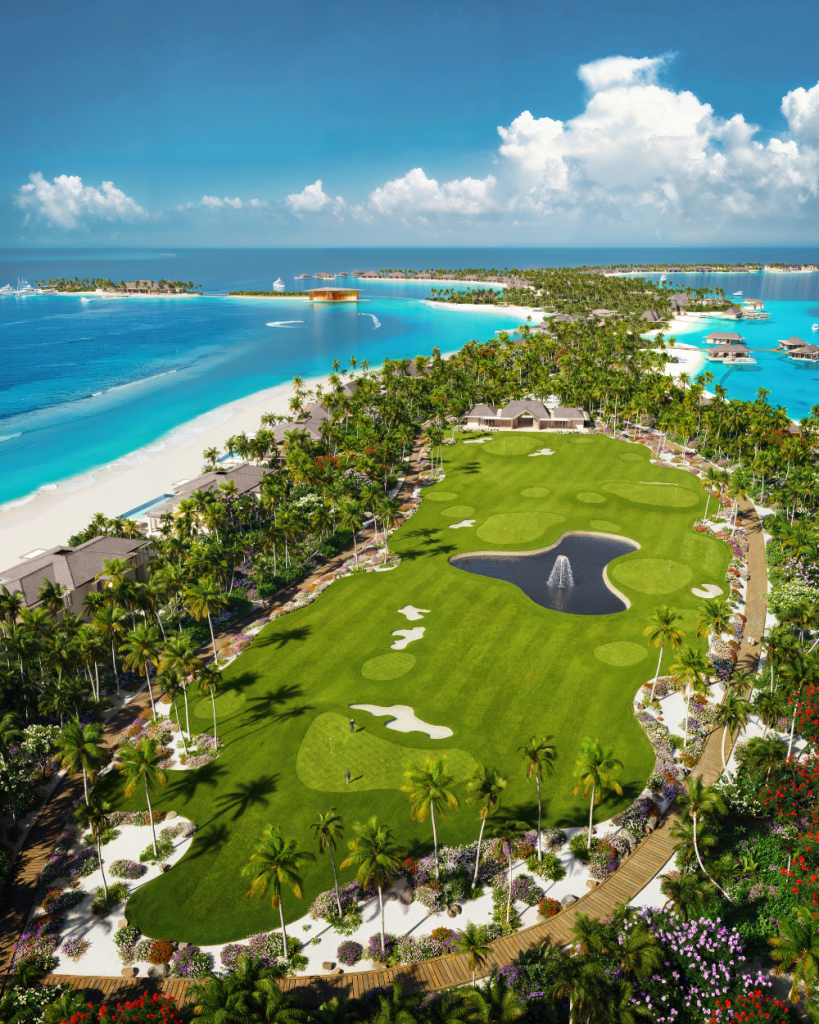
Baccarat Hotel & Residences Maldives also feature private pools with built-in bar (left) and a golf course.
There are thematic residences as well—an ultra-luxury brand paired with real estate, like the Bugatti Residences. A car enthusiast might say: ‘If I own a Bugatti, why not a Bugatti Residence?’ The same applies to Aston Martin owners, who embrace a lifestyle around cars.
Not only are car-themed projects emerging, but design-focused developments are gaining prominence as well, such as Armani Residences—a fusion of fashion and real estate. It’s a way of extending an established luxury brand into a new vertical.
Wellbeing real estate is also becoming a defining force in global luxury, reflecting a growing desire among UHNW buyers for residences that support longevity, vitality, and holistic living, with brands like Vivamayr leading the way. These hotels built around wellness are now inspiring buyers to invest in real estate, seeking communities that reflect their values.
Ultimately, the most successful partnerships are those that deliver substance: operational excellence, emotional connection and enduring value.
The evolving profile and motivations of buyers
Branded residences have long appealed to international UHNW buyers seeking a lock-up-and-leave lifestyle, but today’s buyer profile is more diverse and discerning. We’re seeing younger wealth—tech founders, second-generation family office principals, and global citizens—prioritising not just luxury, but lifestyle, wellness, convenience, and experiential living.
There’s also a growing appetite from end users rather than just investors. Many buyers now want a second or third home that feels effortless to own but also delivers world-class services, access to wellness and a sense of community, without compromising on privacy or security.
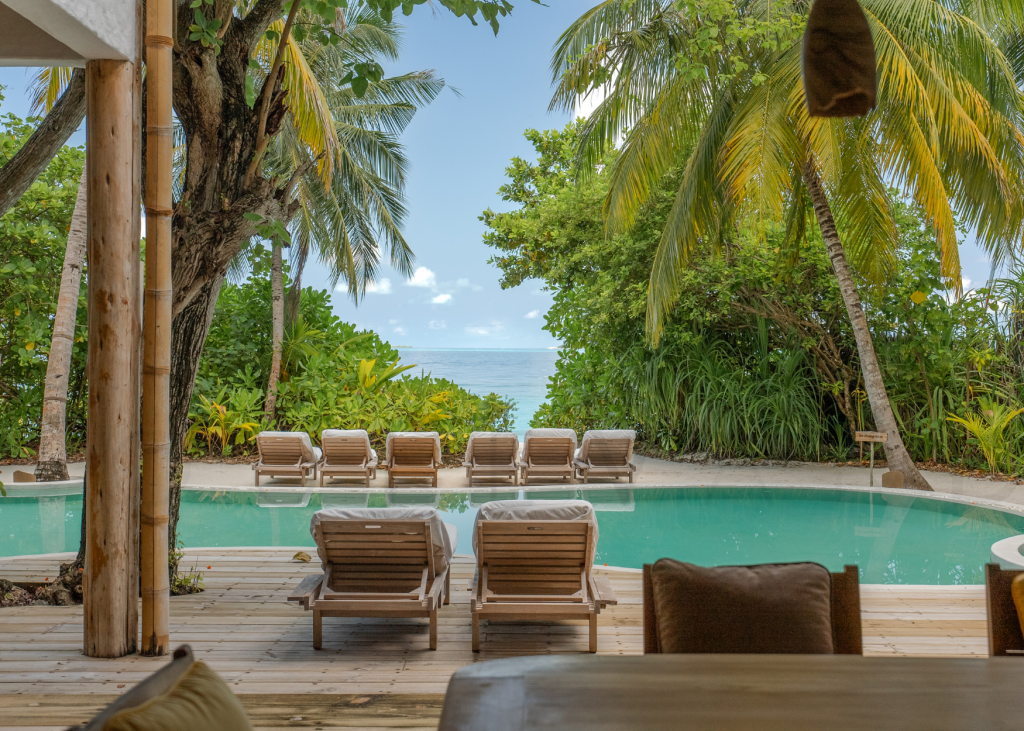
Soneva Fushi in Maldives are beachfront villas with 1 to 5 bedrooms.
What’s evolved most is the expectation: buyers no longer see branded residences as just real estate with a logo, but as an extension of their personal brand, lifestyle and legacy. The emotional return is as important as the financial one.
Sustainability and wellbeing, once considered bonus features, are now non-negotiables for many younger UHNWIs.
Both personal use and income-generating potential continue to drive demand, but increasingly, buyers are seeking hybrid value. For many UHNW individuals, a branded residence is both a private retreat and an investment, with professional rental management ensuring service quality and rental appeal. This dual purpose makes it a lifestyle asset with built-in resilience.
Ultimately, today’s buyers are drawn not only by demographic trends, but by psychographic drivers—seeking experiences, identity alignment, and a sense of enduring value.
Markets with the strongest demand
We’re seeing particularly strong and resilient demand in lifestyle-driven destinations that offer both emotional resonance and long-term investment appeal. Global hubs like Dubai and Miami, as well as Mexico’s Pacific Coast, continue to lead, buoyed by favourable tax structures, international connectivity, and year-round appeal.
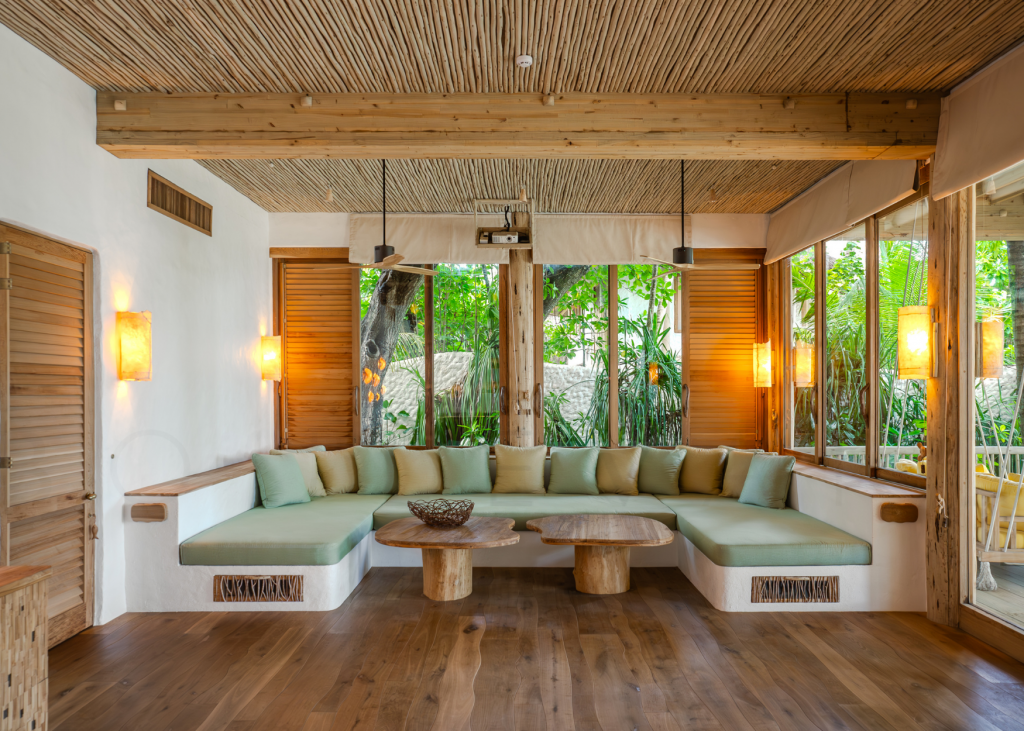
Soneva Fushi in Maldives also feature multiple lounge areas, expansive terraces, pools & direct beach access.
At the same time, there’s rising interest in more exclusive, experience-led destinations—such as the Maldives, Seychelles, Tuscany, and Lake Geneva, where scarcity and privacy drive value. Urban centres like London, New York, and Bangkok also remain resilient, especially where inventory is tied to iconic brands with strong local integration.
Ultimately, the strongest markets are those that combine global accessibility, lifestyle richness, and a credible exit strategy, making them both personally rewarding and investment-sound.
Why service and management define lasting appeal
For UHNW buyers, the true distinction of a branded residence lies beyond stunning design, it is the intuitive, discreet concierge, impeccable upkeep and personalised attention that create a sanctuary of effortless luxury.
Amenities must be curated with discernment—they must be purposeful, encompassing world-class wellness, privacy, exceptional gastronomy, and bespoke lifestyle experiences that reflect the owners’ elevated expectations.
Operational excellence safeguards the brand’s prestige and ensures long-term value. In a market where aesthetics alone are no longer enough, it is the behind-the-scenes mastery of service and management that truly defines lasting appeal.
For those who seek more than a home, branded residences offer a way of living where quality, consistency, and care are quietly embedded into every moment.
Go further with Lynn Villadolid’s property listings:
- Sublime beachfront villas and mansions with world-class amenities, Baccarat Hotel & Residences Maldives
- Sublime beachfront villas at Soneva Fushi, Maldives
- Beautiful chalet with panoramic mountain views, Bluche, Crans-Montana
- Idyllic verdant retreat, Conches, Geneva
- 1721 heritage château, Satigny, Geneva
- Beautifully renovated 1932 villa, Cologny, Geneva
Read next:
